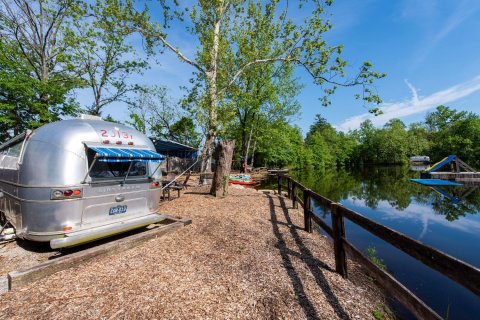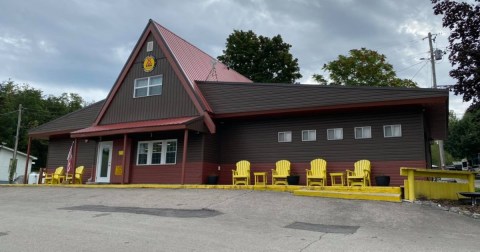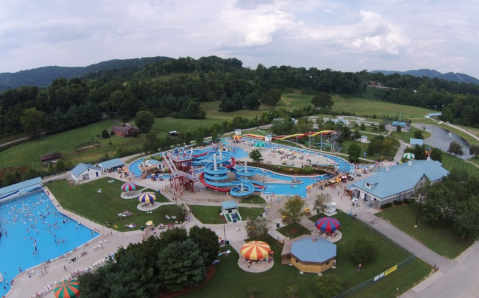19 Photos of Kentucky Coal Camps During the 1930s and 1940s
As local travel experts, we know what travelers are looking for when it comes to finding the perfect accommodations for their next trip. To compile our lists, we scour the internet to find properties with excellent ratings and reviews, desirable amenities, nearby attractions, and that something special that makes a destination worthy of traveling for.
Kentucky is home to Pike County, which is the largest supplier of coal in the U.S. However, we were also home to many other coal companies all across the state. Each one had its own store, settlement, and setup for miners. During the 1930s and 1940s, coal mining in Kentucky was a lot different for miners than it is today. Songs were written about the hazards of mining, meanwhile, miners lived in worse conditions than in many third-world countries. They often had to get credit at the company store just to feed their families, eventually owing their entire month’s pay to the store prior to receiving it.
Kentucky coal mines in the 1930s, for the most part, had a community pump for running water, schoolhouses, stores, and rudimentary housing in the coal mining camps. They lived in more shacks than homes, lacking running water and some lacking power. Miners worked hard to support their families, but often just couldn’t make ends meet. Here are 19 images from the 1930s and 1940s that provide some insight into coal work and workers during those decades.
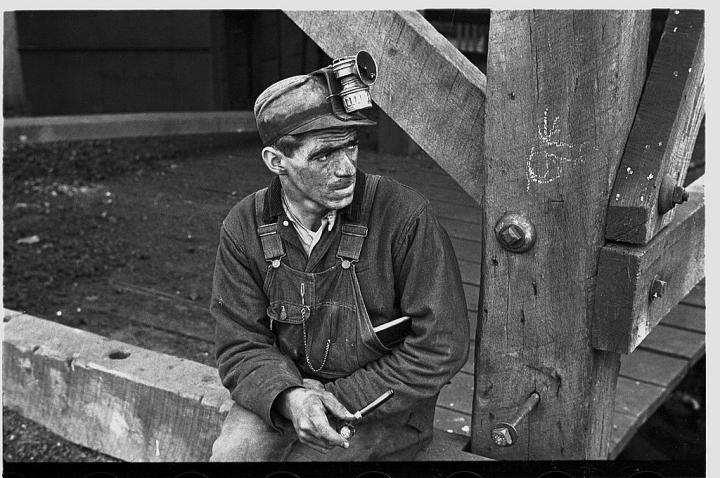

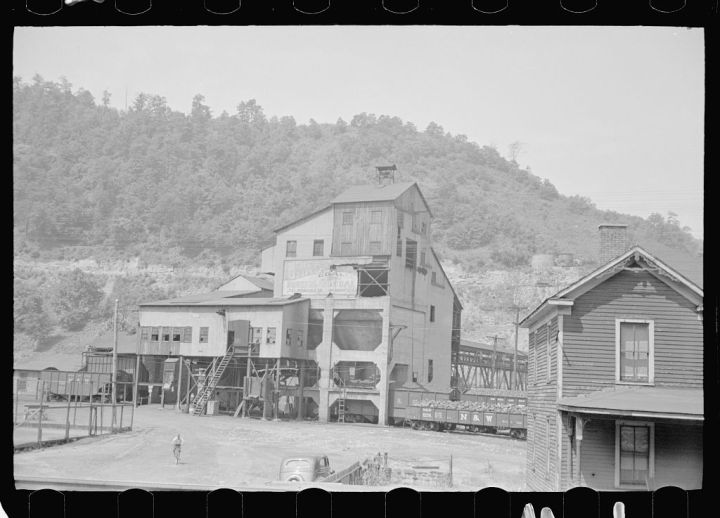
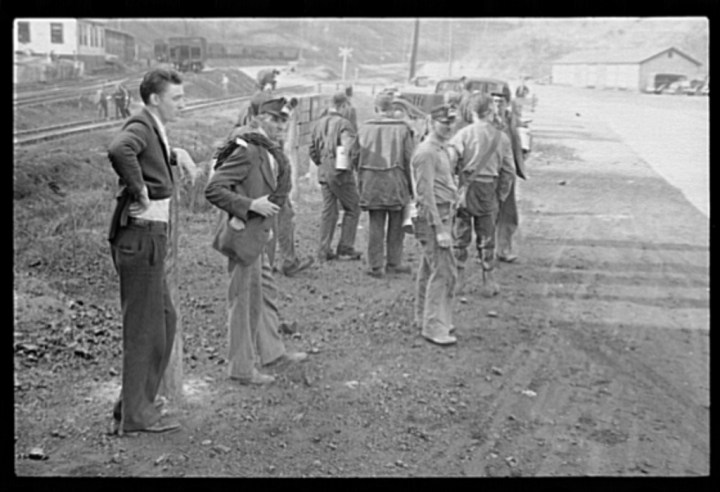
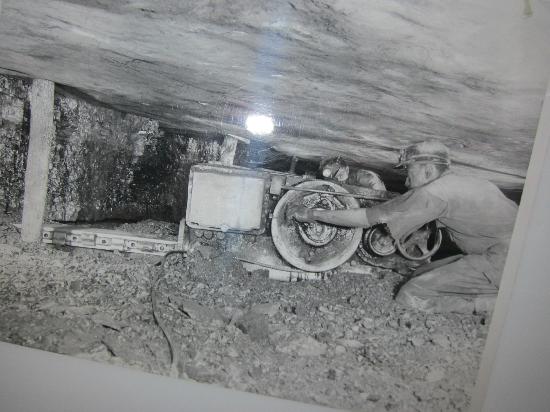

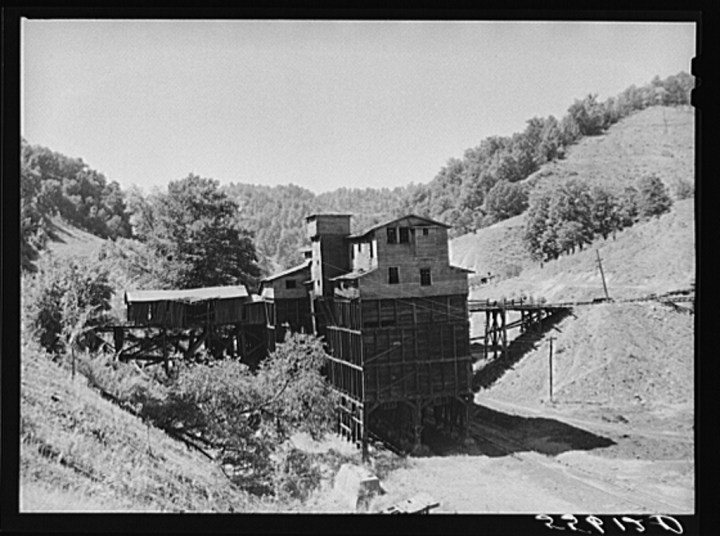
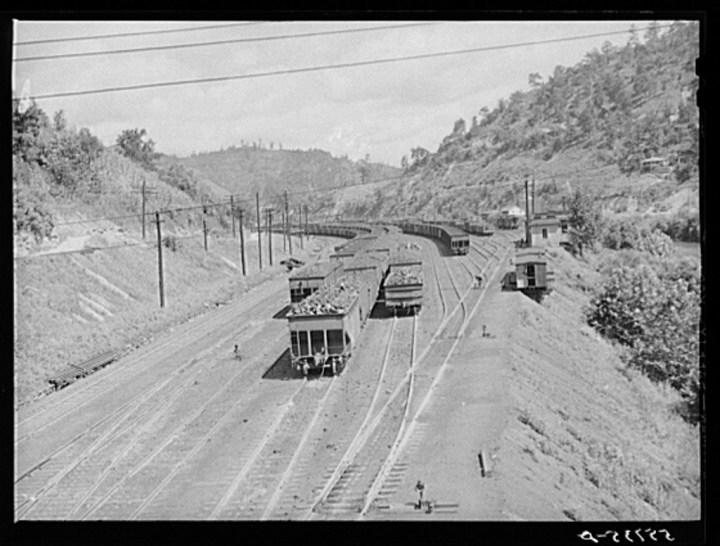
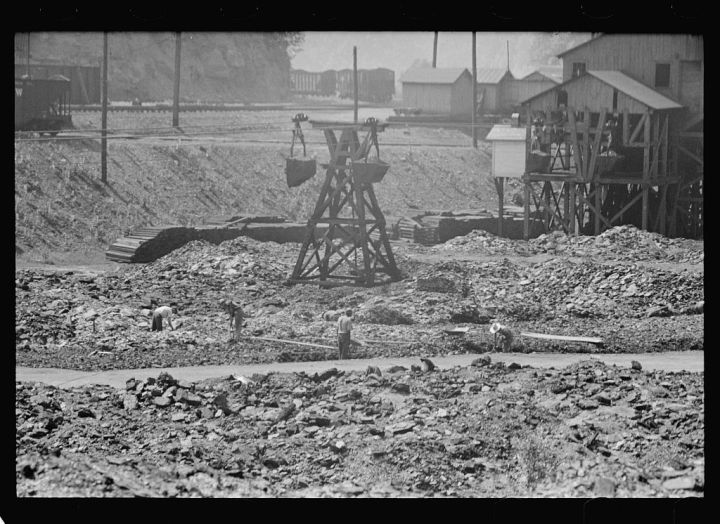
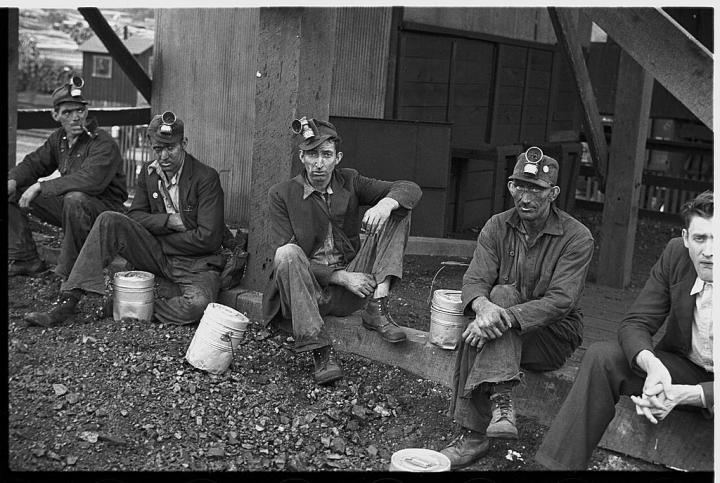
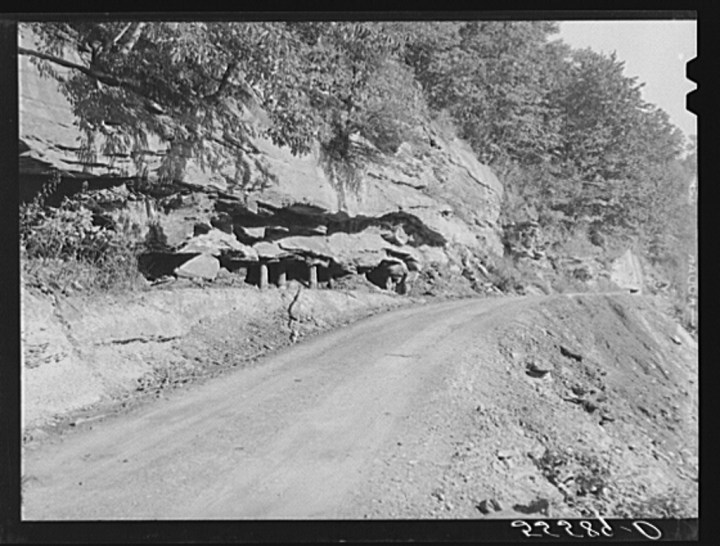
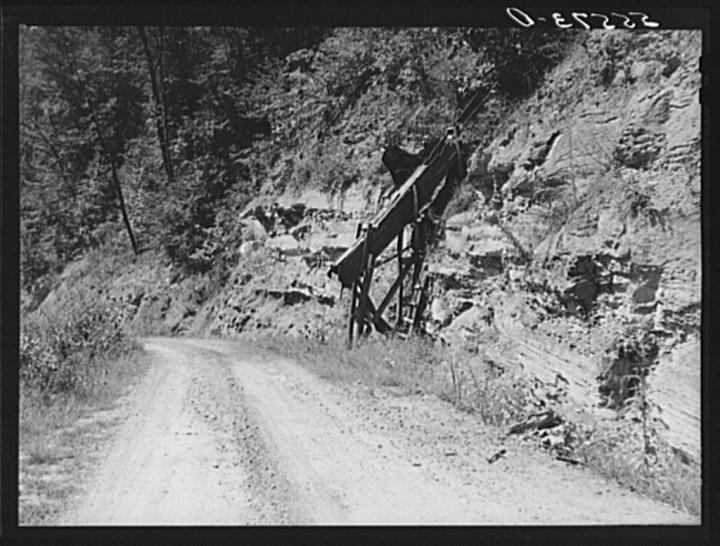
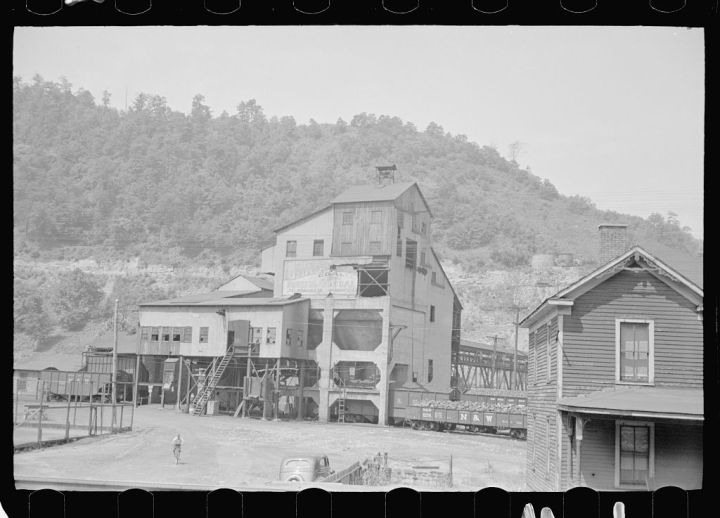

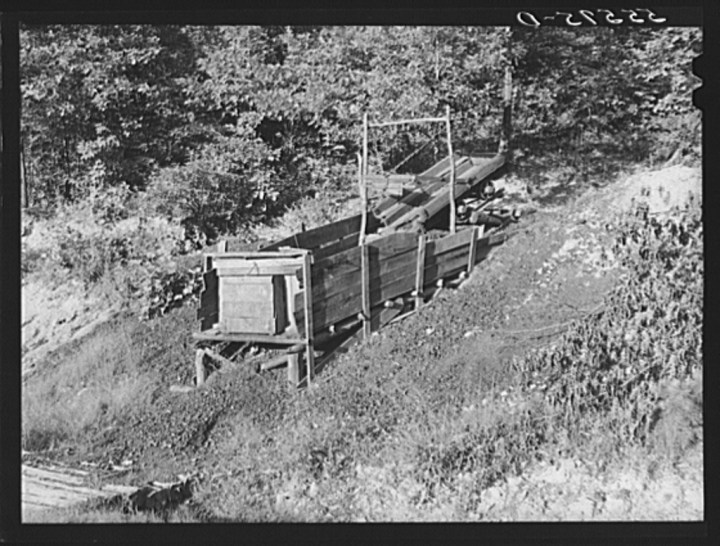
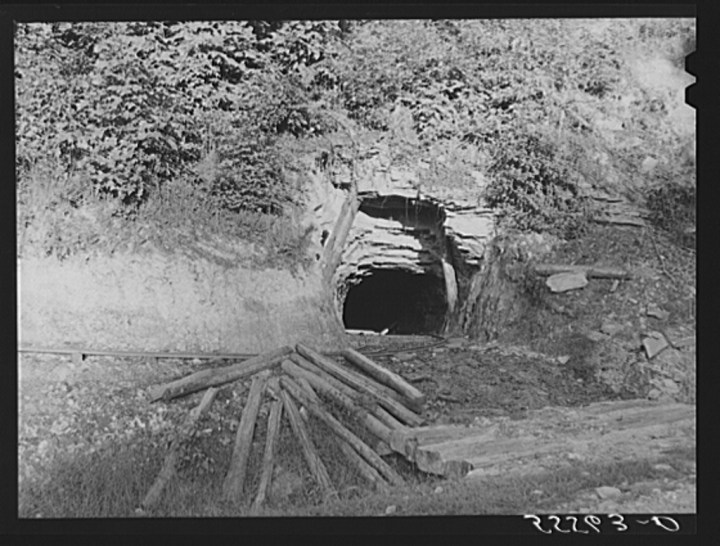

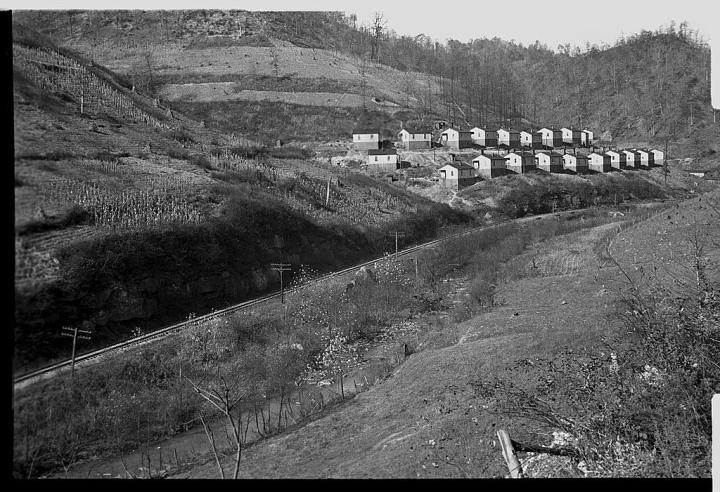

Coal miners have led a rough life in Kentucky, and other states. They struggled to survive, and often times developed Black Lung due to coal dust. They lived in conditions that even a slum lord would frown at, and did the best they could. You can watch this video below to learn more about coal camps in Kentucky.
If there is coal mining history in your family, you likely understand the plight of those times. If not, hopefully, this will help you see and understand another part of Kentucky’s history. Sadly, the terrible conditions these hard working Kentuckians had to endure are tragic. What do you think about the old coal mining camps and conditions? If you had any family members that worked in the Kentucky coal mines, share their experience in the comments below so we can learn about it.
Is there a piece of Kentucky’s history that you would like to see written about? Let us know about it by submitting a nomination form and we may write an article about it. If you want to learn more about the history of coal mining in Kentucky, check out the mining history that is preserved in the small town of Blue Heron, Kentucky.
OnlyInYourState may earn compensation through affiliate links in this article. As an Amazon Associate, we earn from qualifying purchases.
More to Explore
Kentucky History
Are there any haunted places in Kentucky?
Kentucky has many haunted places that will keep you awake at night. Some of the haunted places you can still visit today and others have been lost to the passage of time. Here are some of the most creepy and spooky haunted places in Kentucky that you need to learn about:
- Waverly Hills Sanatorium
- Mammoth Cave
- Camp Zachary Taylor
- Louisville Palace Theater
- The Seelbach Hilton
What historic landmarks are in Kentucky?
There are so many historic landmarks in Kentucky that it’s hard to narrow them down. But there are certain Kentucky historical landmarks that are worth visiting including original settlements, the birthplace of a president, and an impressive steamboat. Here are some of the best historic landmarks that you need to visit in Kentucky:
- Belle of Louisville
- Abraham Lincoln Birthplace National Park
- Fort Boonesborough
- Shakertown at Pleasant Hill
- Jefferson Davis Monument


